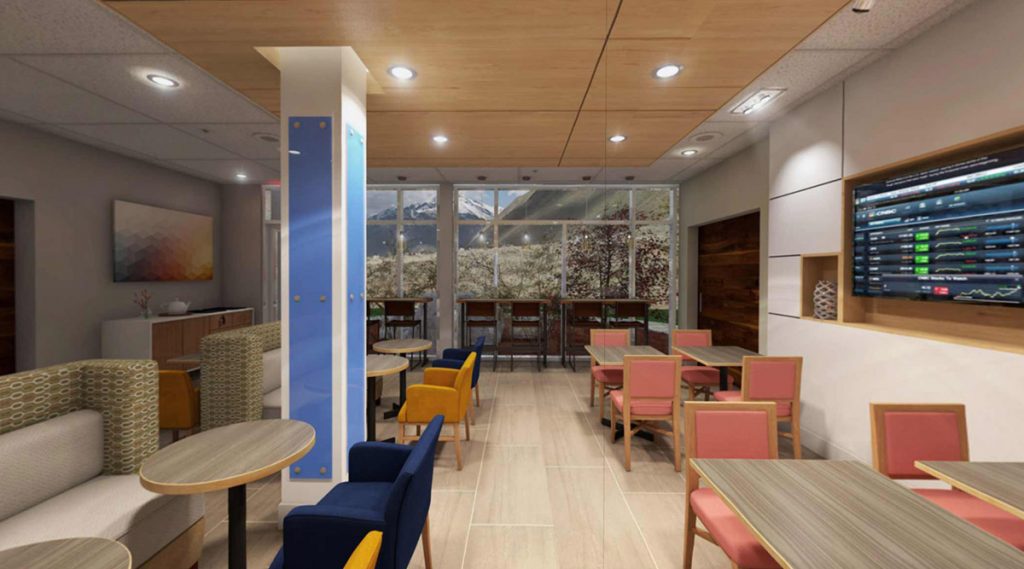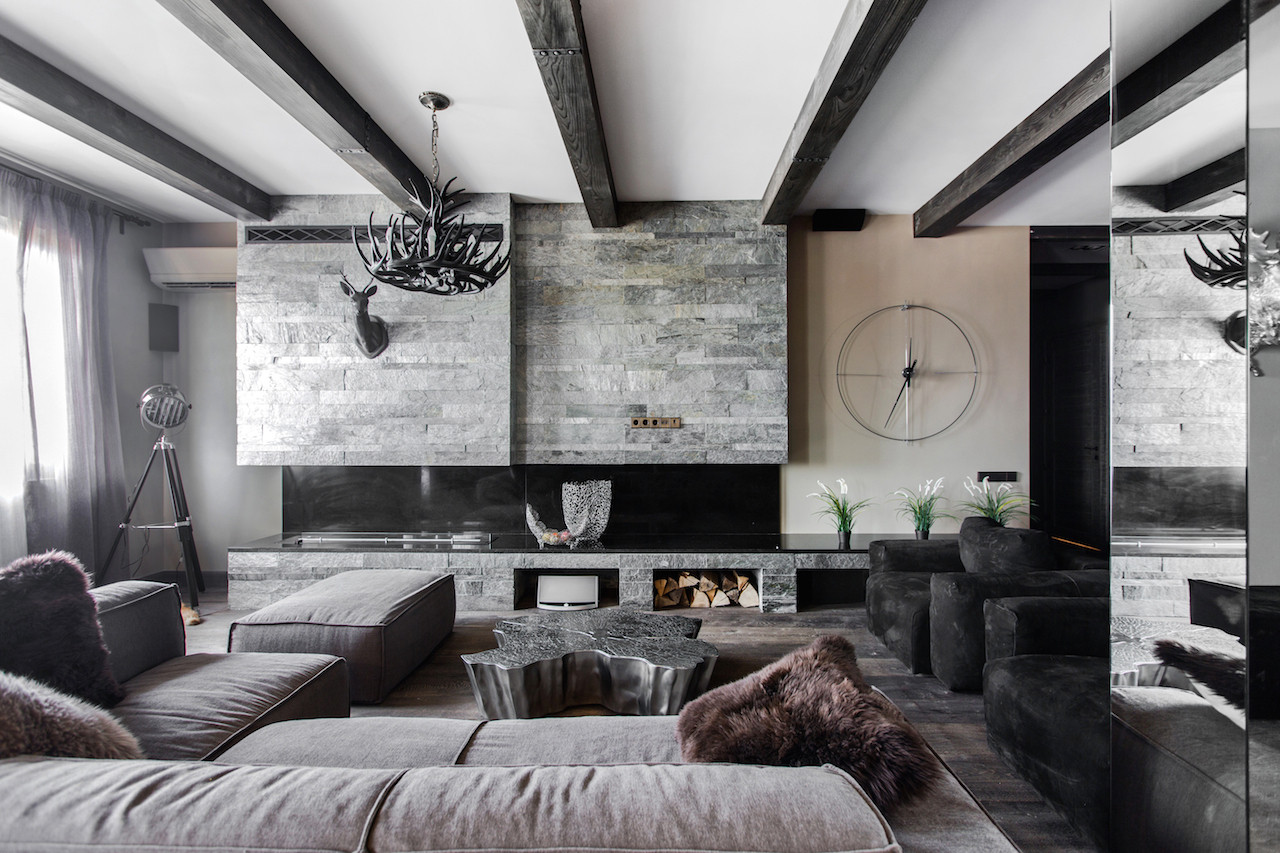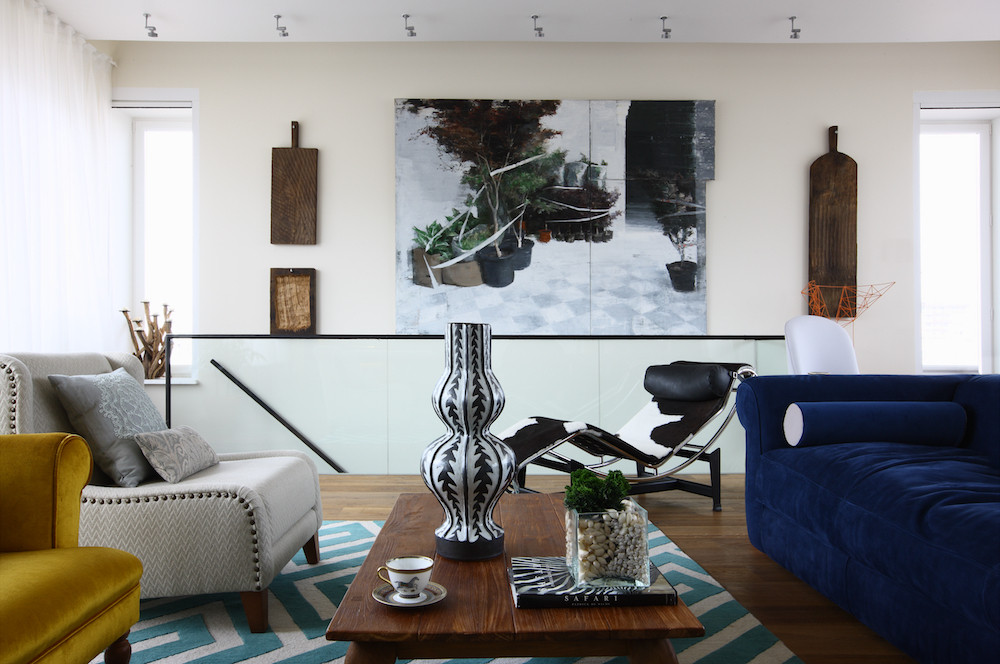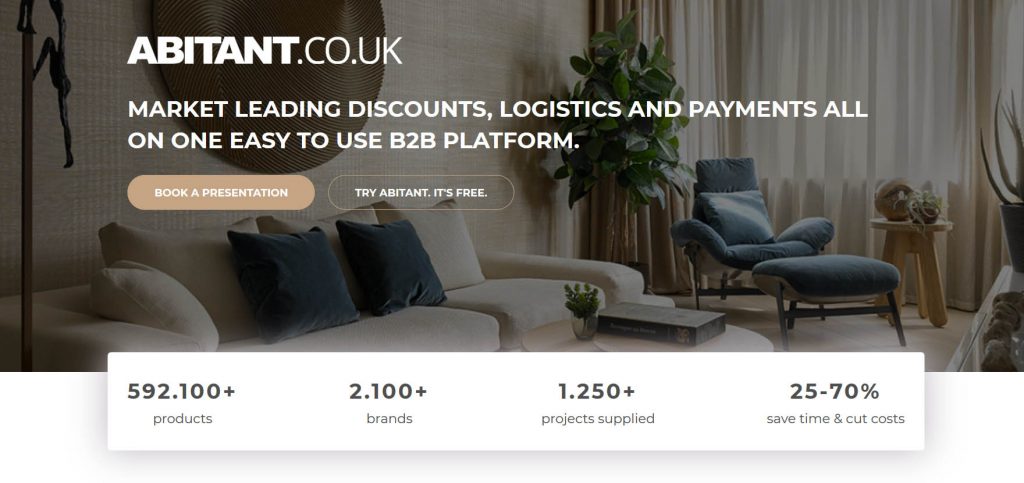The VitrA London showroom will run a series of free virtual reality (VR) experience sessions. VitrA’s Virtual Worlds software transfers bathroom designs into 4-D, enabling individuals to experience them on a whole new level. At each session, the user will be given a VR headset to explore a fully immersive virtual bathroom space, including turning on a virtual tap and interacting with the latest bathroom collections from VitrA.
What’s more, to coincide with the brand’s colour theme, selected settings on Virtual Worlds have been created to provide inspiration for how to incorporate colour within the bathroom.
Register to attend
During Clerkenwell Design Week, VitrA will be joined by the team at Virtual Worlds to host virtual reality experience sessions at VitrA London.
The Virtual Worlds software transfers bathroom designs into 4D, allowing you to experience them on a whole new level. During the drop-in sessions you’ll be shown how to use our virtual reality headset to explore a fully immersive virtual bathroom space, including turning on a virtual tap and interacting with our bathroom furniture!
The theme for VitrA London this year is COLOUR, so they’ve set up some bathroom designs on Virtual Worlds which provide inspiration for how to incorporate colour within the bathroom.
Register to attend
For the interior designer, the first step when working with clients is establishing a vision — to understand the client’s intent for the space. First, ask: what deficiencies are they trying to address? What attributes do they desire? We often refer to this as “space planning” and the goal is to generate efficiency for the final design.
Once you determine how they’d like to use the space, work to understand the client’s aesthetic desires. Here, it’s about creating the client’s vision, which involves so much more than just selecting paint colours, sofas, and chairs. It should be a back-and-forth to ensure the client trusts you. They should know you’re wholeheartedly considering their wishes.
This is where it's essential for designers to utilise software for interior design. With Vectorworks, this kind of collaboration is not only obtainable, it’s a prime feature of the software.

An interior rendering extracted from a panorama. Image courtesy of Vectorworks.
In the latest software update, Service Pack 3 (SP3), Vectorworks introduced an immersive panorama feature for viewing interiors. It’s an interactive, 360-degree model. It feels like you’re actually there, and you can invite the client to experience the rendering with you. The 3D views are photo-realistic and change in real-time as the designer makes edits. Once you make a change, it reflects everywhere in the project.
This feature is incredibly useful — it means the designer can incorporate the client’s feedback in a matter of seconds, then send a shareable web link whose file size is even compatible with social media.
It comes as part of an ever-rising design trend of cloud technology workflows — where data exists in nebulous space, accessible to anyone with permission. It’s simultaneously practical and feasible, with a reasonable learning curve. It makes working with clients easy, and makes realising their visions even easier.
Written by Wes Gardner
Vectorworks Architecture Industry Specialist in the US
(Cover image credits: A rendering of the Parramatta City Centre, a design by McGegor Coxall. Image courtesy of McGregor Coxall.)
Throughout time, as society, industrial processes and the architectural landscape has evolved, the complexity in the design of interior environments has increased. The efficient use of space, user well-being and functional design has each contributed to the development of contemporary interior designer's practices. The industry has therefore demanded interior designers with more focused expertise. With skill-sets pertaining to the consideration of interior structures, materials, cabinetry, spatial planning, ergonomics, regulatory compliance, facilities management, lighting, as well as plumbing layout and fixtures within the built environment. Interior designers must therefore be conversant in a variety of disciplines across architecture and decoration; alongside being well versed in dealing with plumbers, electricians, contractors, architects, woodworkers, furniture manufacturers, city planners and government officials, to name a few.
Historically, interior design relied heavily on drawing skills, intuition and the costly process of trial and error. Time-consuming constructions of physical scale models, room ‘staging’ and painstakingly hand-drawn plans were all stages which increased time, effort and cost whilst decreasing efficiency and accuracy. Hand-in-hand with the developing scope and sophistication of interior design as a profession, technology has unsurprisingly furthered the evolution of the interior designer's role and design process. With the birth of augmented reality, 3D virtual landscapes, new styles, expectations and standards of interior design, designers need to stay abreast of advanced technologies to prepare for the prosperous and thriving future of this diverse industry. . .
Sorry! Your post preview finishes here.
Want to keep reading?
Not a member? Join now.
If you're already a member, sign in to continue reading.
Michael Danieli, Partner of Abitant UK, speaks about our evolving lifestyles and how the art of interior design is changing as a result.

Every once in a while, an old problem, a new technology, and a big idea turns into an innovation!
Technology has been imperative in the relentless drive to increase efficiency whilst saving time and money. It has left no industry untouched, and that includes interior design - albeit a little later to the party. Online mood board creation, virtual reality and easier access to products from around the globe has changed the landscape of the interior design industry. Of course, there was a danger that new innovations could prove to be something of a double edge sword when it came to this creative industry. A service once reserved for those of higher social standing, would now become more widely accessible with cutting edge interior services offered at low cost prices. However, it proved to be a creative curveball that industry professionals were not only ready to run with, but use to their own advantage. As a result, we at Abitant are changing the game again, with an online procurement hub, designed to streamline purchasing, payment and everything in-between.

What are the innovations?
Smarter homes need smarter interior solutions!
Design Online: The rise of online design apps and electronic pinning boards has fuelled the consumer appetite for professional interior design services. By sharing aesthetic desires over well known platforms, clients can access interior services from all over the globe and enjoy privileged prices on products passed on from the industry professionals.
VR: Virtual Reality enables consumers to see how their room will look before work even begins. VR is a tool which needs specific computer programmes with powerful capabilities. Whilst one day it will be accessible to everyone, currently it is largely reserved for those working within the interior industry in a professional capacity. A coveted service that consumers want to access.
3D Print Tecnology: Communicating design ideas and concepts to consumers has been a frequent challenge for interior designers. 3D technology solves that problem, as clients can get touchy-feely with their new interiors in miniature form.
Every successful new business solution starts with a problem. For interior designers, one of those problems is procurement. The process has been traditionally arduous and there has been a growing need for a streamlined solution which acts as a hub, allowing easy communication between manufacturers, logistic companies and payment platforms. This is where Abitant comes in. A one stop solution to the problem.

Is it time to plug-into the laptop lifestyle?
From the comfort of a shabby chic Chesterfield sofa, consumers begin their interior design process and now, so can you.
"Abitant is the procurement solution made for interior designers, by interior designers." - Abitant UK
With extensive industry knowledge, the Abitant creators understood the need to develop an efficient platform, which not only plays host to the largest online catalogue of EU manufacturers, but also facilitates price negotiations and manages payments and logistics. With over 500,000 plus products to browse through, the user can create product wish lists and easily generate product specifications for their clients. The system promotes ease of communication and allows interior designers to spend more time doing what they enjoy... designing!
For more information about Abitant.co.uk, click here.
Written by Mr Michael Danieli





